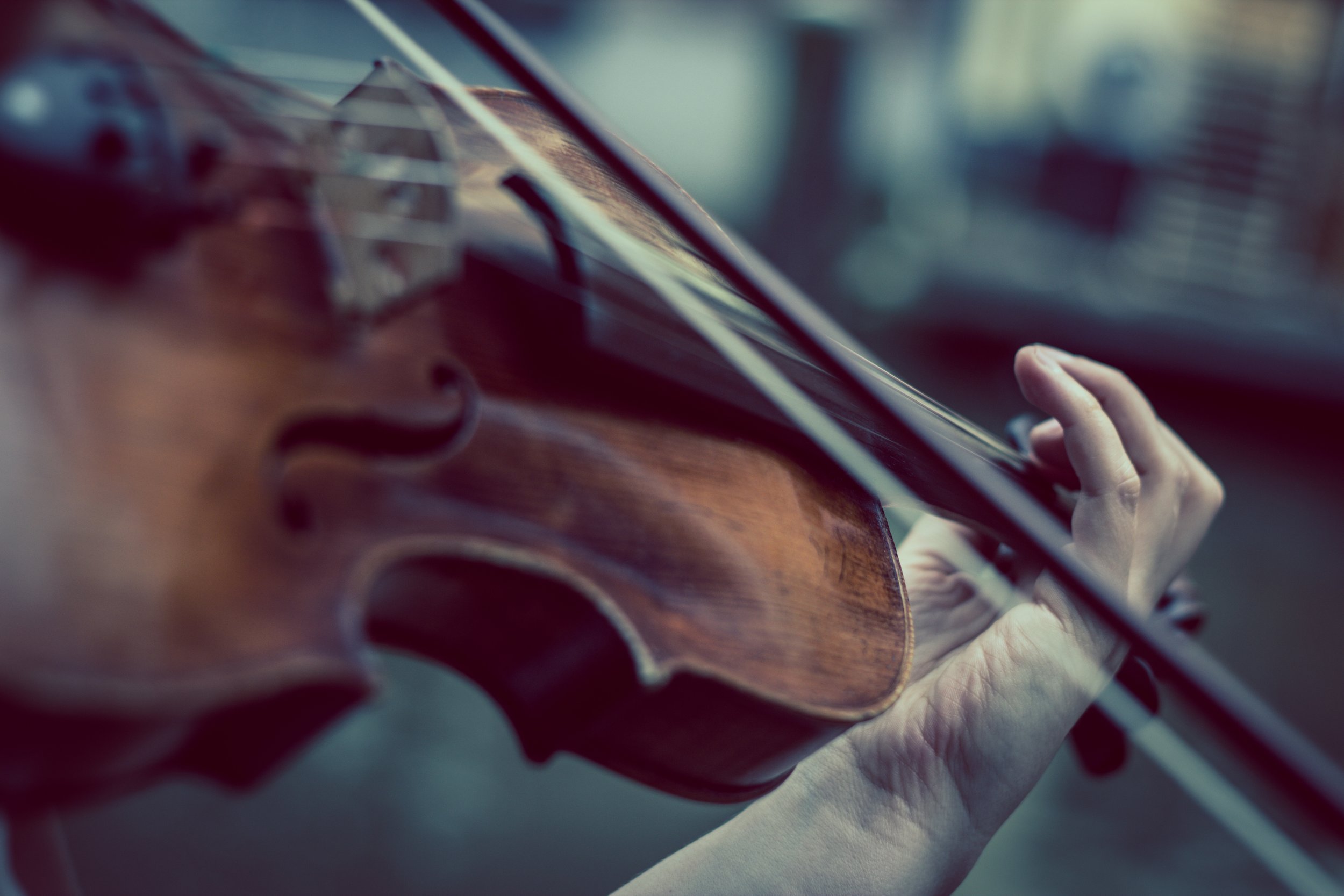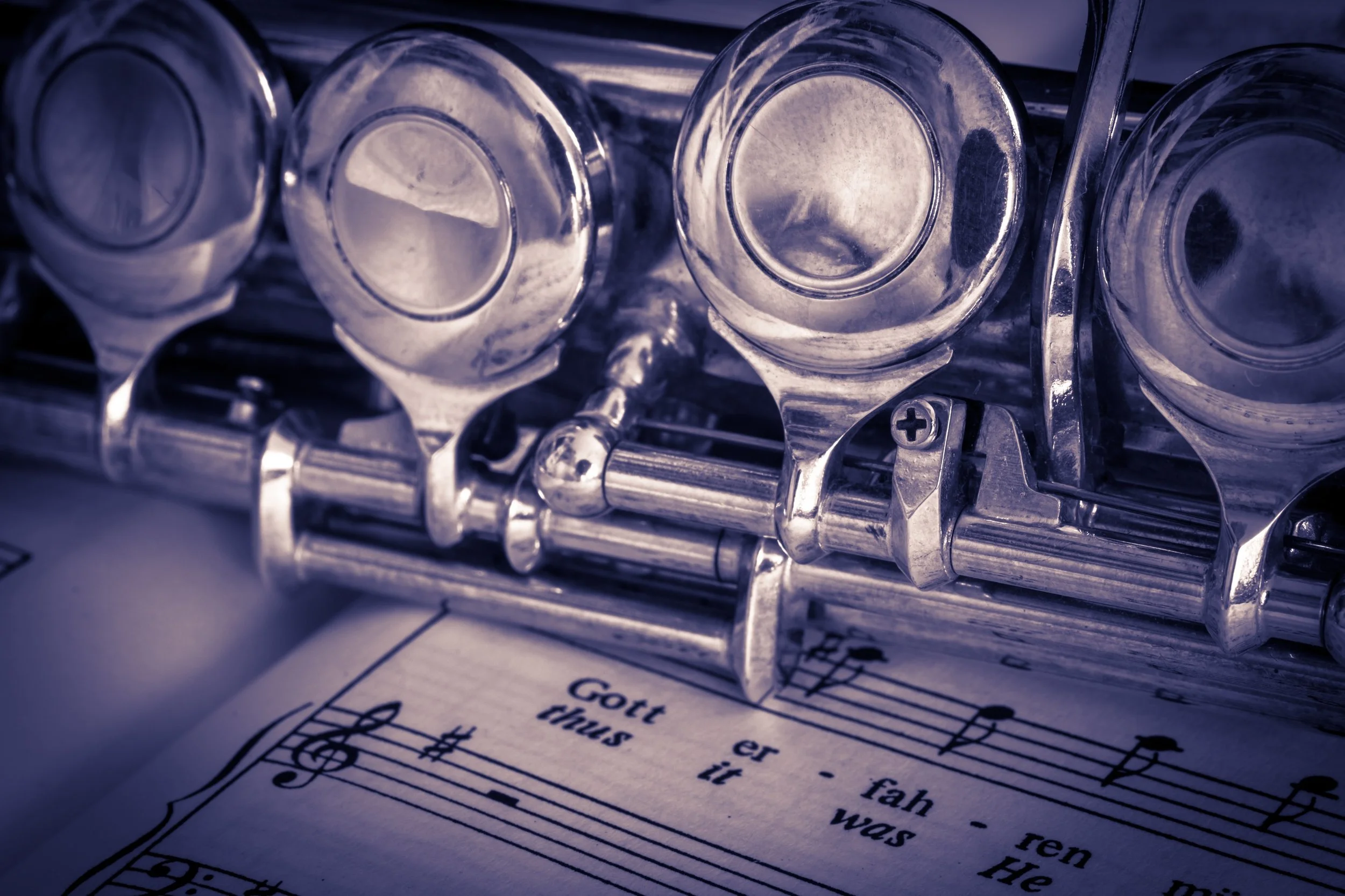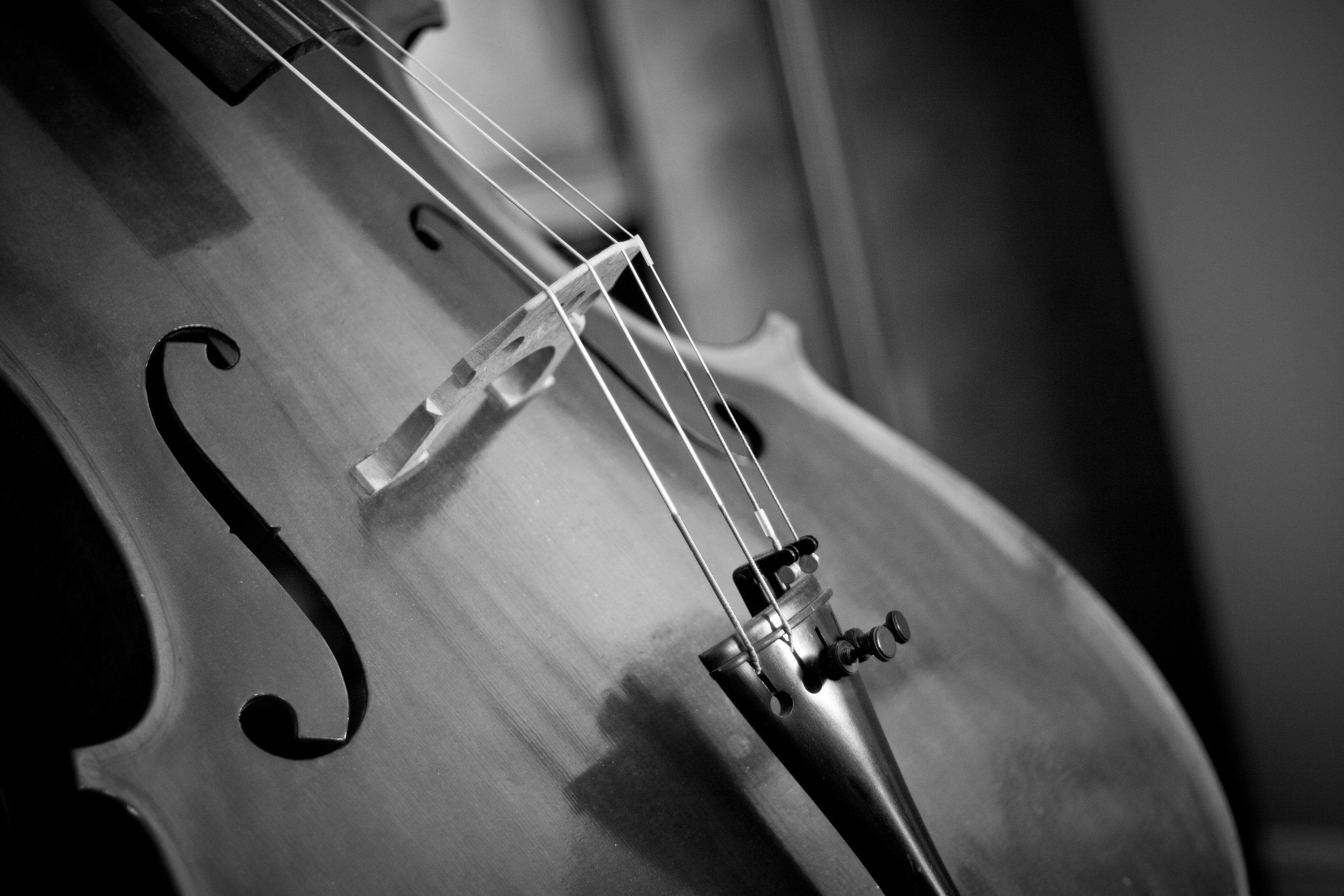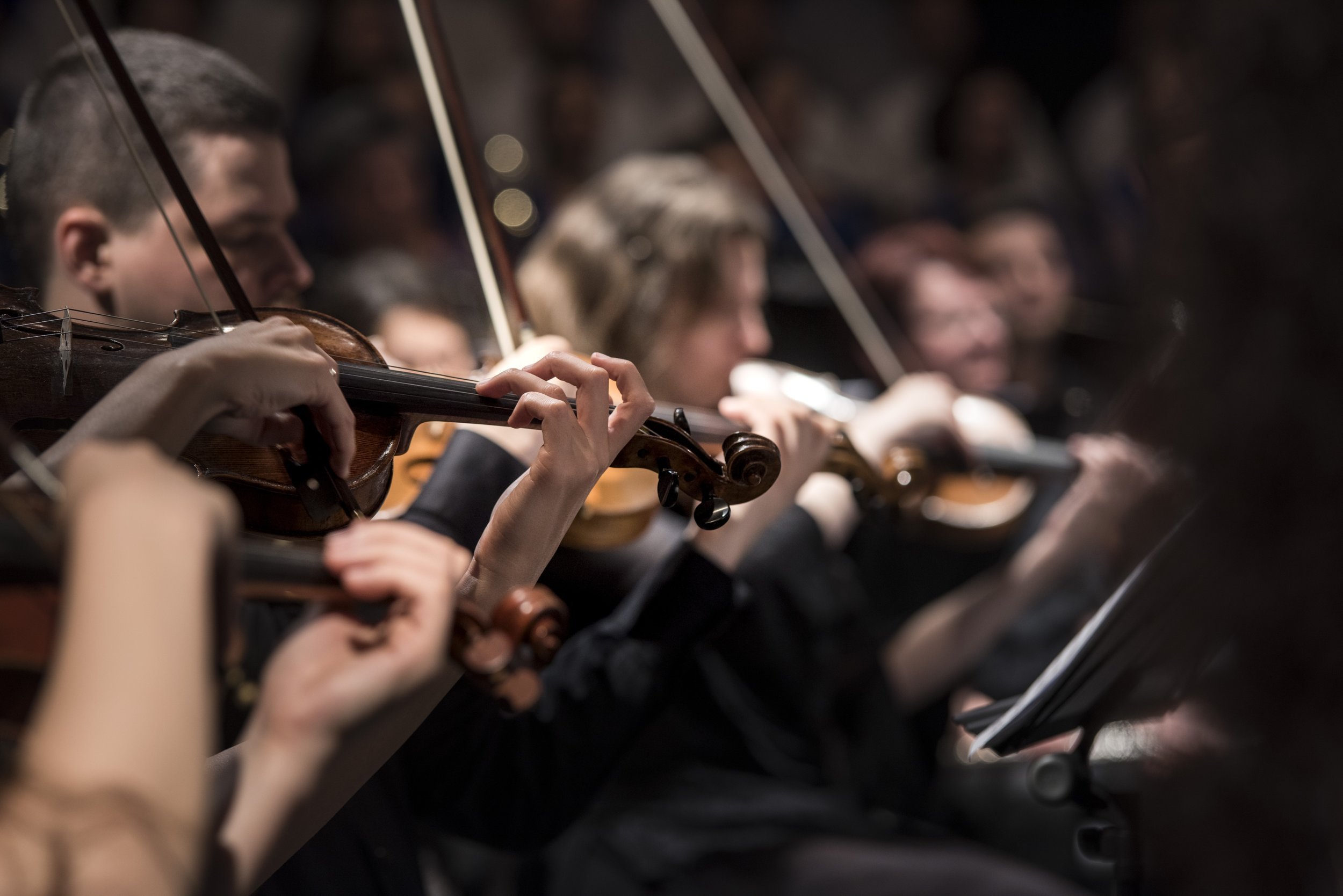Deciding What to Compose
“In order to compose, all you need to do is remember a tune that no-one else has thought of”
— ROBERT SCHUMANN
People ask me sometimes what do I want to compose? I presume they mean once I have grown up and know what I am doing?
I can’t say that this has been a driving force for me. Yes, there are “things’ I would love to compose once I know how to write for an orchestra but I am not in a hurry and I hope one day I will do that. I mean I am only 76 as I write this!
I have always had music pop into my head. I would often be a nuisance to those standing nearby since I would hum along with it and more than once my wife would snap at me “stop your senseless humming!”
So when I decided to try my hand at composing at the beginning I wondered if I would be able to do something useful with the fragments of music that seemed to appear simply out of nowhere in my head. This meant that I had to find a way to convert a musical fragment of say 4 bars into a whole melodic line of say 40 bars. Once done and deemed by me to be worthy to allow it to continue existence it seemed natural to put this onto a score for a piano, so the next challenge was to decide what to write for the left hand.
I had a choice to try to apply the rules of harmony, i.e. pick notes that would work well with a note of the melody. More interesting was to try to write a separate melodic line that could co-exist with the original melody. Since Bach has always been one of my favourite composers and I admired the way he could do this, it was very tempting for me to do this and I could not resist attempting to do so.
Of course, the “second” melodic idea should not compete for the attention of the listener or drown out the original melody. In Bach’s Cantatas where this happens the 2 melodic lines do not happen exactly at the same time; each of them has time for itself and the overlap is limited and usually the second one starts close to the end of the first one.
Kontrapunkt or Counter Point in the Baroque period consisted of a set of rules of how different “voices” should “work together” in order to create a nice sounding whole. To me Kontrapunkt is more a set of rules of constructing something, a technical method rather than finding a way to enhance one melodic line with another different one. It is more like engineering than the result of inspiration, but it sure worked!
As brain research has shown our sense of appreciation for music rests in a very early part of the different levels of the brain and is certainly not affected by our cognitive abilities (some music theorists I have met, they are called Musikwissentschaftler in German, music scientists, have tried to convince me otherwise, particularly in order to explain to me the merits of 12 tone music).
To what degree is the “presence” of multiple melodic lines appealing to our brains? To what degree do we become more able to do so through practice? This question is still awaiting enlightenment for me, but I am having fun trying this or that in order to grow more into the answer over time.
Repetition is a very frequently used method in music and our brain does not seem to mind, in fact even seems to welcome it. Why exactly this is so I am not sure. Brain researchers have also shown that “sounds” that we don’t like to hear at all, become “acceptable” after enough repetition, I.e. we can get used to them even though we still don’t really like them.
Forgive me this little detour, but I found that it was more fun to “compose” an accompaniment than to apply rules of harmony.
The whole idea of being able to create different melodic patterns that work well together and create a much more complex sound that can put you into a different mindset and make you feel incredible are very exciting to me. I don’t know if I ever get there but this I find more exciting than to want to write a symphony (particularly as I don’t know of any orchestra that would want to play anything I could write!).
Back to what I was doing: it seemed a natural consequence for me to treat the melodic line as a song for a singer and then to write an accompaniment for a pianist. So now I had to write a complete piece to the piano, right and left hand, to accompany my melodic line. Needless to say I was pretty clueless about what this meant, bought lots of books and wrote some pretty bad stuff (mind you, I still have talent in that field today!).
So my first focus was to write songs for a singer, usually a soprano with accompaniment for a pianist. I must have written well over a dozen of those and found it very challenging but also a lot of fun. Coming up with the lyrics to express what I had in mind could also take quite some time.
One outcome of this effort was 3 songs about the theme of being left behind, I.e. having lost one’s partner in life. I had written a lengthy essay on that subject for myself to try to work through what had happened to me. I came up with the lyrics and music for songs I entitled “Lost Love”, “Thy Will be Done” and “Life goes on”; I sandwiched these songs between 4 piano standalone pieces, creating in this way a complete music piece I called Left Behind.
Unfortunately the replay feature of the computer software I use is not able to create the voice of a soprano that one would like to listen to. However the sound of the flute is rather good by comparison and I used that instead in order to listen to my songs.
Where do you go from there?
I had enjoyed writing songs, both the music and the lyrics and was quite happy about the idea that I could just focus on doing songs. I have recorded probably a couple of hundred musical fragment ideas. Mind you, if I don’t hum them into my cell phone soon after they surface in my mind they are gone forever. Thankfully, it is very easy to convert them from my cell phone record into my music notation software or to delete them if on second hearing they are not that great to hang onto. So I could write songs for a long time.
One song idea about falling in love turned into a piece for flute and cello. Each has its own melody and I thought that falling in love “musically” would mean that each instrument had to be able to appreciate and work with the other’s melody so that finally they could express new music that “belonged” to both.
Needless to say I also wondered if I could write a trio or a string quartet, maybe even in due course a quintet, sextet or even for an orchestra? It was too tempting! Onwards and forwards!
So I decided to take little steps and start with a trio as the next step, since with songs I had already been working with sort of 3 voices, the singer and the piano’s left and right hand music.
Since the piano can produce a lot more sound than say a flute I decided to write my first trio for a violin, viola and cello. However since the sound of a violin and viola on this software is nothing to write home about I landed up with hearing my music played by 2 flutes and one cello. It still sounds good, if you accept that a computer cannot manage to convey emotions very well! -:)
That first trio encouraged me to try one for violin, cello and piano as my second one and also my third.
As a result of the many classes I attended at university I had been experimenting with different musical scales and became fascinated with the potential of using an 8 note scale. For my second trio I used an 8 note scale section for a fugue idea. The third trio turned out to be written completely in “Octatonics”, i.e. using exclusively an 8 note scale.
It is June 2018 as I write this and I feel my journey is still just beginning. Stay tuned!





